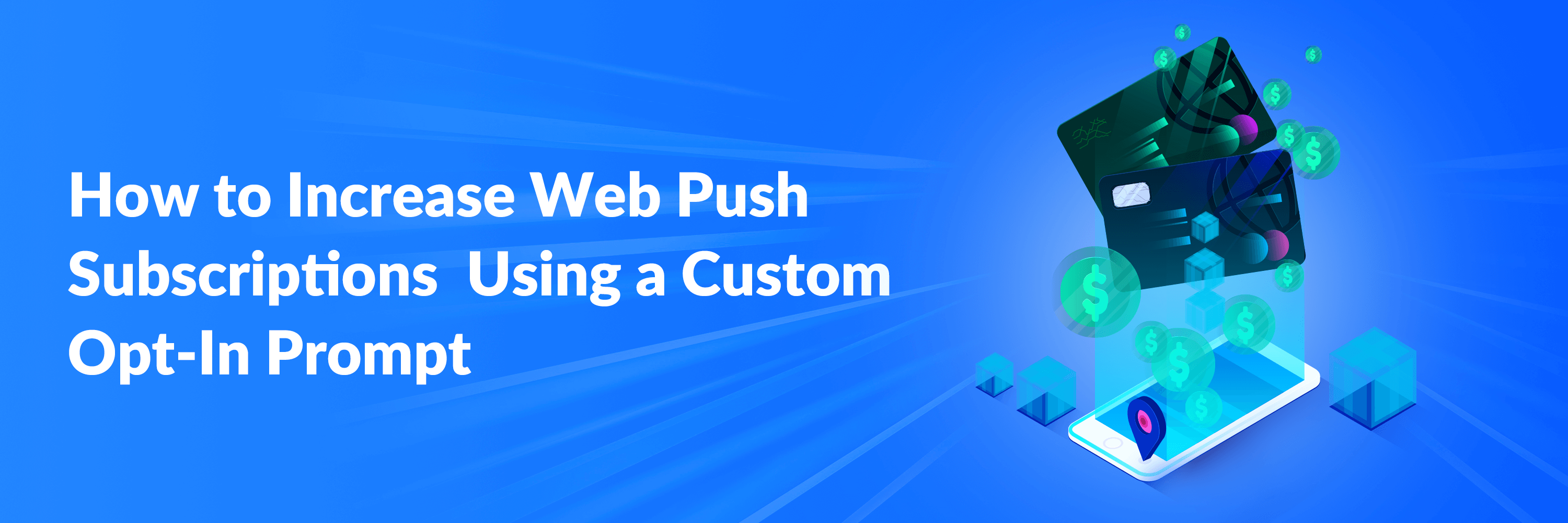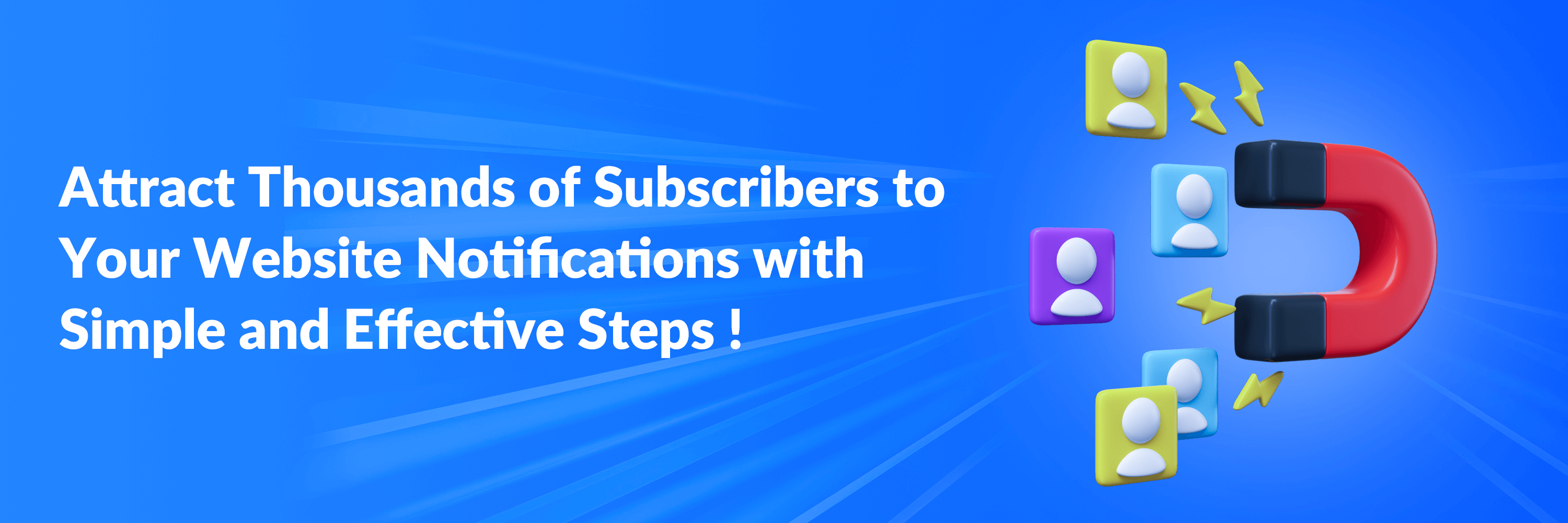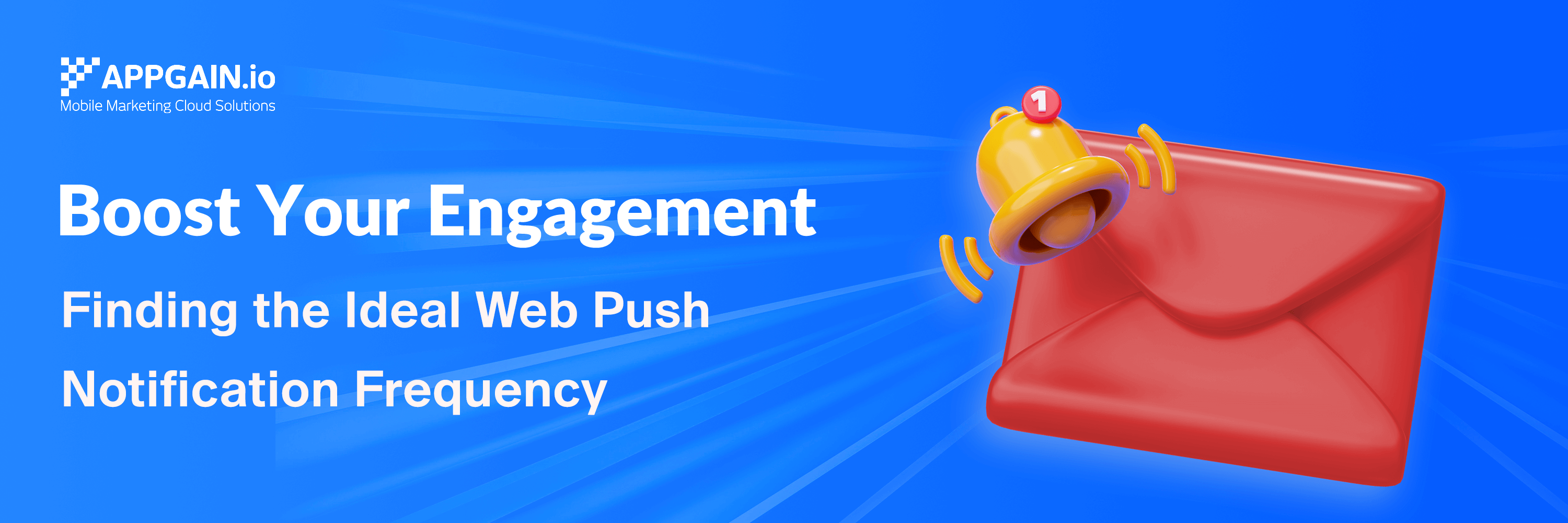The Web Push Subscription Custom Prompt, or 2-Step Opt-In, is a powerful tool to get visitors to sign up for notifications. This prompt helps you explain why subscribing is beneficial. It also reduces the chance of visitors blocking notifications. Plus, it allows you to ask them to subscribe again later.
Why Use a Custom Prompt for Web Push Subscriptions?
Most shoppers need a clear reason to opt in to marketing messages, whether for email marketing, catalogs, or texts. When they see obvious benefits, like discounts or product updates, they’re more likely to subscribe. Standard browser prompts give little room to explain these benefits. The Custom Prompt, however, allows you to clearly communicate what they’ll gain by subscribing.
Key Tips for a Strong Custom Prompt
To boost subscriptions, focus on these four elements:
- Set Clear Expectations: Explain what type of notifications subscribers will receive. Mention perks like early access to sales or special discounts.
- Time It Right: Wait 5-10 seconds before showing the prompt. This brief delay gives visitors a moment to explore.
- Use a Friendly Call to Action (CTA): Avoid the generic “Allow.” Try “Subscribe” or “Get Updates” instead. Small changes like these can make a big difference.
- Choose an Inviting Button Color: Pick a color that stands out but also matches your brand. For instance, green (#2EAC72) is often linked to positivity.
Tips for Writing Effective Copy for Your Custom Prompt
The success of your Custom Prompt relies on clear, compelling words. Here are eight ways to improve your message:
- Start with a Friendly Greeting: Use a warm, welcoming message to create a positive first impression.
- Add Urgency: Include phrases like “Act now” or “Limited time” to prompt quick action.
- Offer an Incentive: If subscribers get a discount, mention it right away in the prompt.
- Create Excitement: Let visitors know they’ll get access to exclusive deals, which can build anticipation.
- Highlight Your Community: If you have a strong brand following, mention it to help new visitors feel included.
- Show Value: Explain that subscribers will receive useful tips or guides, showing the benefit of signing up.
- Assure Limited Messaging: Address concerns about message frequency by promising not to overwhelm them.
- Test and Refine: Try different messages and approaches to see what works best. Testing helps keep the prompt effective.
Conclusion
The Web Push Custom Prompt is a smart way to connect with visitors and encourage them to subscribe. Using these strategies, you can build a loyal audience. Remember, keep testing and refining your approach for better results.
For more insights on how to boost your subscription strategy, check out our Appgain Blog and marketing solutions.
If you have any questions or need assistance with crafting compelling prompts or subscription strategies, feel free to reach out. Elevate your marketing game and build lasting customer relationships with Appgain.io’s powerful solutions today!




